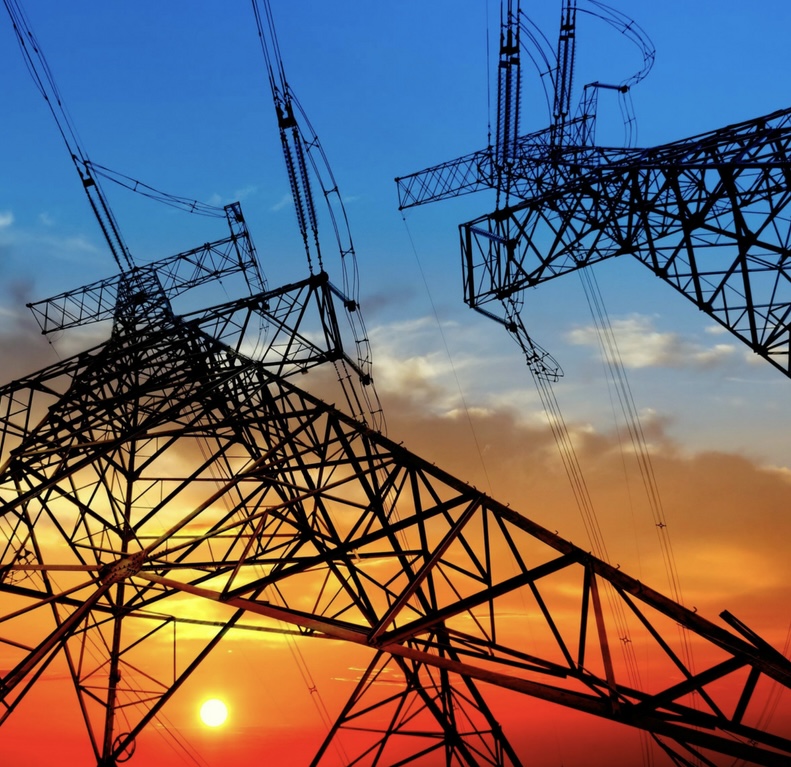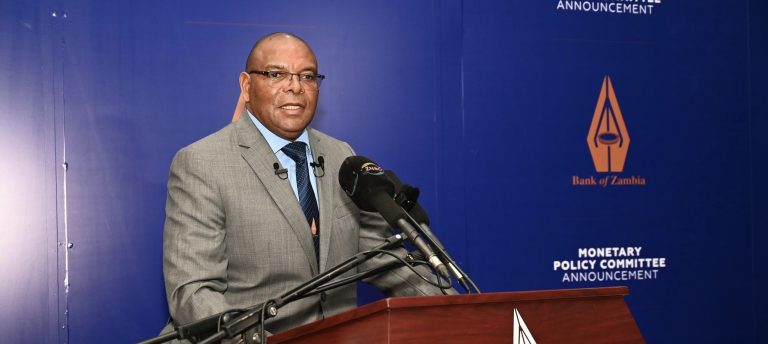Zambia faces severe drought, leading to power outages lasting up to 72 hours, crippling small and medium-sized businesses. The electricity deficit has surged to 1,381 MW, significantly raising operational costs across sectors like welding, salons, and grocery stores. The banking industry struggles with tight liquidity after the Bank of Zambia hiked the cash reserve ratio to 26% in May to stabilize the weakening currency, exacerbating inflationary pressures. Interest rates have climbed, with the benchmark rate up 250 basis points to 13.5%. Telecoms suffer from poor network quality due to power shortages, disrupting mobile money transfers. Key sectors, including agribusiness, mining, energy, and SMBs, are expected to see sluggish growth. The economy, measured by the Purchasing Managers Index, has been in contraction for seven consecutive months, with input inflation at record highs and currency depreciation persisting. Despite over $6 billion in committed mining Capex, the benefits will be realized in the medium to long term. Citizens must endure the drought's impact as they await Finance Minister Musokotwane’s 2025 budget on September 27 for solutions to the crisis. This article explores potential liquidity measures to stimulate growth amid rising inflation.

Zambia, Africa’s second-largest copper producer, is facing a confluence of significant economic challenges, the most pressing being a climate-induced energy deficit. This crisis is crippling agricultural output and hydroelectric power generation. Adding to these challenges are foreign currency supply constraints, caused by subdued mining activity, while the demand for dollars is increasing to import petroleum products and fertilizer ahead of the farming season.
This imbalance has placed depreciation pressure on the Kwacha, which remains weak at over K26.5 per dollar. Economic growth remains sluggish, and projections of 2.3% are facing potential downward revisions due to electricity shortages. The August manufacturing Purchasing Managers’ Index (PMI) of 48.3 marked the 10th consecutive month of contraction, signalling an ongoing economic slowdown.
Lower Capacity Utilization: Risks of Job Losses and Rising Prices
A critical, often overlooked impact of Zambia’s electricity outages is the reduced industrial capacity utilization. Lower capacity utilization has a twofold effect on Zambian households:
1. Potential Job Losses and Stagnant Wages: Reduced production forces firms to scale back, threatening job cuts or stagnation in wages. According to the World Economic Forum, unemployment and underemployment remain Zambia’s biggest risks. The energy deficit exacerbates this threat, placing even more pressure on household incomes.
2. Increased Prices to Protect Margins : With fewer outputs, firms are forced to cover fixed plant and operational costs by raising prices to protect margins. Examples of this are already evident, such as Airtel’s 25% unit cost increase for airtime and data, a classic case of shrinkflation. Similarly, industries like block-making have raised prices as they struggle to manage production under limited electricity access.
Global Central Banks Signal a Shift Toward Stimulus
Globally, central banks are easing monetary policy as inflation moderates. The US Federal Reserve recently cut interest rates by 50 basis points, reducing the Fed funds rate corridor to 4.75%-5.0%. This marked the first rate cut since the COVID-19 pandemic, aimed at combating a contracting labor market while maintaining its 2.0% inflation target.
The rate cut provided a boost to base metals, including copper—Zambia’s economic bellwether—which rallied to $9,515 per metric ton in Friday’s trading. Other central banks, such as the Bank of England and the Reserve Bank of South Africa, are also signalling stimulus, with the latter already cutting rates to stimulate growth.
Zambia’s Central Bank Faces Inflation and Currency Depreciation
In Zambia, the central bank is grappling with rising inflation and a weakening currency. In May, the Bank of Zambia (BoZ) responded with a significant policy intervention by raising the cash reserve ratio by 900 basis points to 26%, aiming to stabilize the Kwacha. Additionally, the BoZ mandated the repatriation of state deposits, which created a net short market position and drove overnight lending rates as high as 30%.
The policy rate has increased by 250 basis points to 13.5% in 2024, alongside other monetary measures. These include revisions to Interbank Foreign Exchange Market guidelines, which have partially stabilized the currency by raising the negotiation threshold to $1 million. With some degree of exchange rate stability achieved, but growth constrained by drought-induced power shortages, the BoZ now has room to inject liquidity into the system to mitigate the risks posed by electricity-related credit pressures.
Stimulus Measures Could Provide a Lifeline to the Economy
The actions of global central banks may set a precedent for Zambia to consider stimulus measures, especially in times of crisis. The current drought-induced electricity crisis has macroeconomic impacts akin to a “second COVID wave,” reinforcing the case for stimulus-driven growth initiatives.
Easing the cash reserve ratio and providing liquidity to struggling businesses could be essential to addressing these challenges. The BoZ has already demonstrated its ability to manage currency volatility through its monetary policy interventions. When combined with proposed de-dollarization efforts, these measures could serve as effective tools for maintaining price stability in both the short and long term.
Capital Outlay for Electricity Alternatives Stifled by High Costs
The energy deficit isn’t only causing operational disruptions. Both households and businesses face significant barriers to accessing alternative power sources, such as solar infrastructure or generators. The capital outlay required for these solutions remains prohibitively high, especially given the elevated cost of financing such equipment. Even those with access to loans are finding it difficult to afford the necessary infrastructure to shield themselves from power outages.
This is yet another reason why Zambia’s central bank may need to increase liquidity in the market. Reducing the cash reserve ratio could potentially lower borrowing costs, enabling businesses and households to invest in energy alternatives and mitigating the electricity shock.
Power Shortages and Rising Costs Threaten Growth and Credit Quality
Zambia’s energy deficit, which now exceeds 1,381MW, presents severe risks to businesses and the broader economy if left unaddressed. The ongoing power crisis is expected to significantly impact economic growth and elevate the risk of non-performing loans (NPLs), as the credit quality of many businesses deteriorates.
Companies are already grappling with rising costs, either due to increased fuel consumption for generators or higher labour expenses to meet orders during limited electricity availability. If liquidity injections are not made promptly, the risk of a surge in NPLs looms large. Possible interventions could include refinancing term facilities, similar to those provided during the pandemic, or relaxing the cash reserve ratio—a more straightforward approach if the central bank prioritizes growth over short-term inflationary concerns.
Long-Term Growth Prospects Remain Strong, But Short-Term Risks Persist
While Zambia’s medium- to long-term growth prospects remain strong, driven by an estimated $6 billion in mining investments from companies like First Quantum Minerals, China Non-Ferrous Metals, and Barrick Gold, its immediate future is clouded by the worst drought in 40 years. This crisis is compounding cost-of-living pressures and placing severe strain on businesses.
The urgency of implementing growth-boosting measures cannot be overstated. Immediate intervention is necessary to mitigate the rising economic risks.
Markets Anticipate the 2025 Budget for Clarity on Economic Priorities
Next Friday, the Ministry of Finance will present the 2025 budget, an integral part of Zambia’s medium-term expenditure framework, which feeds into the broader Eighth National Development Plan. Investors and markets will closely monitor the government’s response to the energy crisis, particularly in terms of energy deficit funding, social sector spending, and debt service in the wake of the recent debt restructuring efforts.
The Kwacha Arbitrageur

